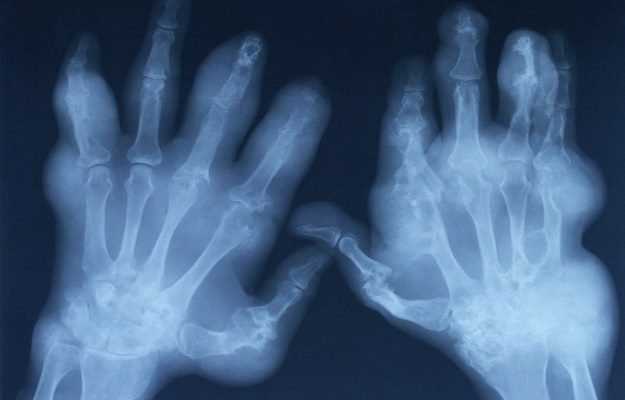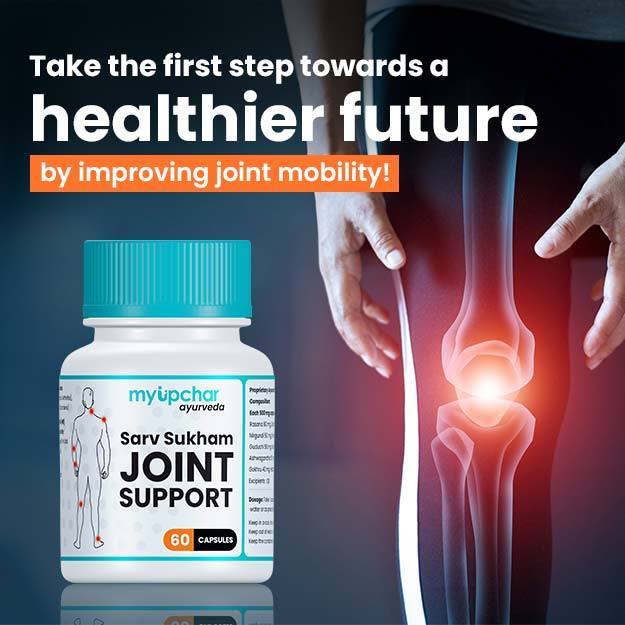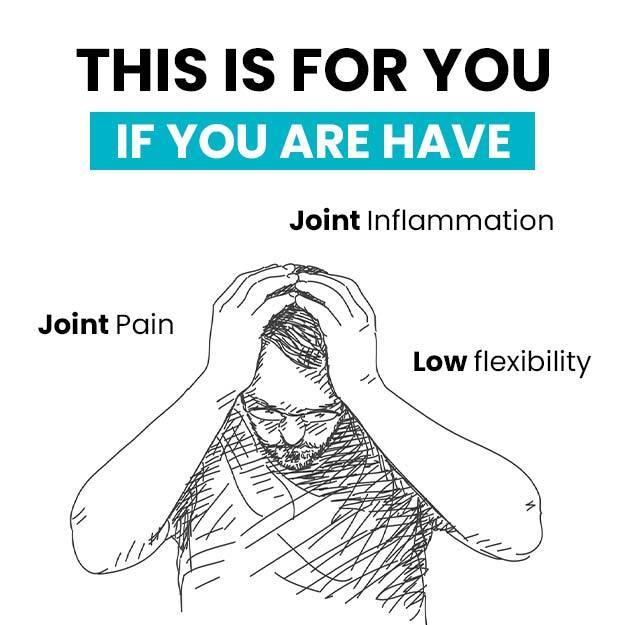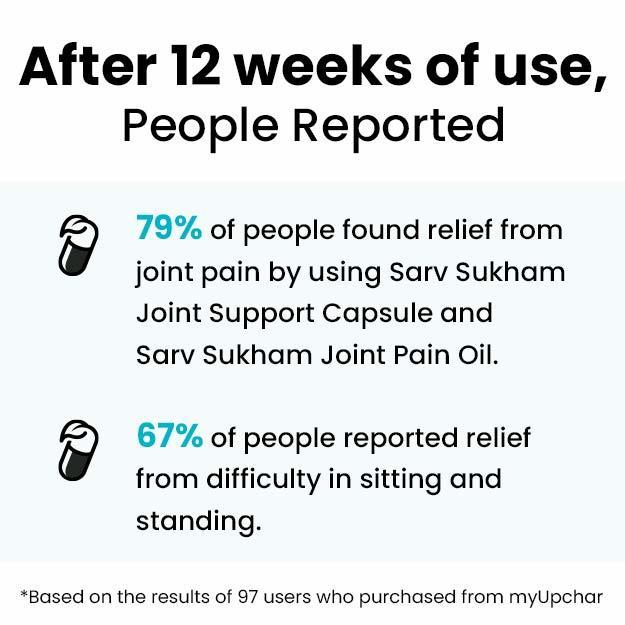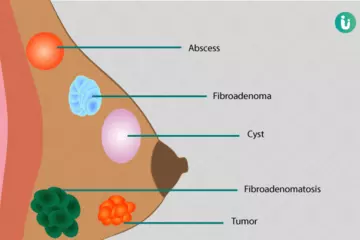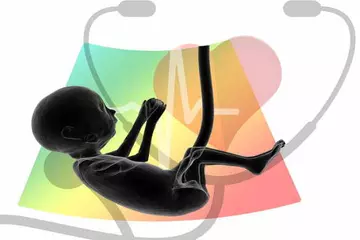Psoriasis is an autoimmune disorder and a chronic disorder in which the skin becomes red and scaly. Though this skin inflammation is the most visible sign of psoriasis, the disease can also lead to inflammation in the internal organs and joints.
Psoriatic arthritis is a kind of inflammation (swelling) of the joints that develops in people with psoriasis; the affected joints become swollen and are often quite painful. Typically, people with psoriatic arthritis have psoriasis for a few years before developing symptoms of arthritis.
As this is a kind of arthritis, the signs and symptoms may include:
- Swollen or stiff joints.
- Pain in the muscles
- Scaly patches on the skin
- Involvement of small joints, such as those of the fingers, toes, wrists, ankles and elbows
Eye problems, too, start to occur in certain cases, the most common being conjunctivitis and uveitis.
Psoriatic arthritis, like psoriasis, is thought to occur when the immune system attacks healthy tissues. It is not clear what triggers these attacks, but a combination of genetic factors and environmental factors, such as stress, a viral infection or an injury, are thought to play a role.
Based on the symptoms of joint problems or stiffness, the physician may suggest tests and refer the individual to a rheumatologist for further assessment. Common tests carried out to determine the type of arthritis are X-rays and blood tests to look for raised levels of erythrocyte sedimentation rate and C-reactive protein test.
There's no single medication that would work on every case of arthritis, so a number of medications may have to be tried before a suitable and effective medication is found. Anti-inflammatory and anti-rheumatic drugs may be prescribed along with physical therapy to help with movements and joint issues. Medications, such as corticosteroids, biologics (biotech drugs) or immunosuppressants may also be prescribed.
Psoriatic arthritis tends to be persistent—it is difficult to be rid of it completely. However, with the right medications and therapy, one can avoid a relapse. On World Psoriasis Day, marked each year on 29 October to raise awareness, we bring to you information about a condition that affects anywhere from 7% to 26% of psoriasis patients: psoriatic arthritis.

 Doctors for Psoriatic arthritis
Doctors for Psoriatic arthritis  OTC Medicines for Psoriatic arthritis
OTC Medicines for Psoriatic arthritis

